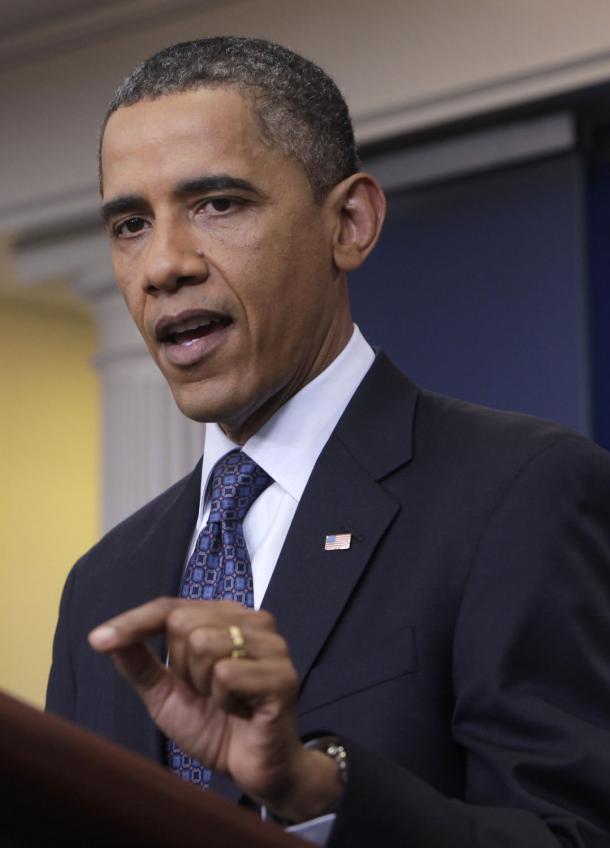 This Reed Albergotti/Cameron McWhirter/WSJ article provides an absolutely devastating account of the way in which Hamilton County, Ohio political leaders pledged an enormous portion of the county’s resources to pay most of the cost of a new stadium for the NFL’s Cincinnati Bengals:
This Reed Albergotti/Cameron McWhirter/WSJ article provides an absolutely devastating account of the way in which Hamilton County, Ohio political leaders pledged an enormous portion of the county’s resources to pay most of the cost of a new stadium for the NFL’s Cincinnati Bengals:
At its completion in 2000, Paul Brown Stadium had soared over its $280 million budget–and the fiscal finger-pointing had already begun.
The county says the final cost was $454 million. . . .
But according to research by Judith Grant Long, a Harvard University professor who studies stadium finance, the cost to the public was closer to $555 million once other expenditures, such as special elevated parking structures, are factored in. No other NFL stadium had ever received that much public financing. [. . .]
On top of paying for the stadium, Hamilton County granted the Bengals generous lease terms. It agreed to pick up nearly all operating and capital improvement costs–and to foot the bill for high-tech bells and whistles that have yet to be invented, like a "holographic replay machine." No team had snared such concessions in addition to huge sums of public money, Journal research shows.
To help finance its stadiums, Hamilton County assumed more than $1 billion in debt by issuing its own bonds without any help from the surrounding counties or the state. As debt service ratchets up, officials expect debt payments to create a $30 million budget deficit by 2012.
"The Cincinnati deal combined taking on a gargantuan responsibility with setting new records for optimistic forecasting," says Roger Noll, a professor of economics at Stanford University who has written about the deal. "It takes both to put you in a deep hole, and that’s a pretty deep hole."
The stadium’s annual tab continues to escalate, according to the county’s website. In 2008, the Bengals’ stadium cost to taxpayers was $29.9 million, an amount equivalent to 11% of the county’s general fund.
Last year, it rose to $34.6 million–a sum equal to 16.4% of the county budget. That’s a huge multiple compared to other football stadiums of the era that similarly relied on county bonds for financing. Those facilities have cost-to-budget ratios of less than 2%. [. . .]
The Bengals had said that with a new stadium, the team’s revenue would increase, allowing it to sign better players, win more games and attract more fans to the area. In 2000, the new stadium’s first year, the Bengals had the same record they’d had the previous year, 4-12. Since then, the team has managed just two winning seasons in the new facility. Its attendance levels have actually dropped.
Houstonians might be tempted to shake their collective heads at how badly Bengals management took Hamilton County to the cleaners in the stadium financing negotiations. But then we are forced to confront that Houston has more than its share of similar boondoggles, such as the financial black hole known as Metro Light Rail, the $100 million Bayport Cruise Ship Terminal (which has never docked a cruise ship since its completion in 2008), the continuing dither over what to do with the obsolescent Astrodome, the Harris County Sports Authority’s problems servicing the junk debt it issued in connection with financing the construction of Reliant Stadium for the Texans, and – most recently – the City of Houston and Harris County’s dubious decision to throw about $50 million or so into the construction of a minor-league soccer stadium.
The expenditure of a billion or two of public money on building a lightly-used light rail system and stadiums for privately-owned businesses has real consequences, such as leaving inadequate funds available to make the improvements to Houston’s flood control system, road infrastructure and other improvements that actually improve the safety and welfare of Houstonians.
As I’ve pointed out before, the relatively small interest groups that benefit from urban boondoggles have a vested interest in preventing citizens from ever examining those threshold issues. The primary economic benefit of such public projects is highly concentrated in a few interest groups, such as representatives of minority communities who tout the political accomplishment of shiny toy rail lines while ignoring their constituents need for more effective mass transit; environmental groups striving for political influence; engineering and construction-related firms that profit from the huge expenditure of public funds; and real-estate developers who profit from the value enhancement provided to their property from the public expenditures.
As Peter Gordon has wryly-noted: "It adds up to a winning coalition."
Unfortunately, once such coalitions are successful in establishing a governmental policy subsidizing such urban boondoggles, it is virtually impossible to end the public subsidy of the boondoggle and re-deploy the resources for more beneficial projects.
How do these interest groups get away with this? The costs of such boondoggles are widely dispersed among the local population of an area such as Houston, so the many who stand to lose will lose only a little while the few who stand to gain will gain a lot. As a result, these small interes
t groups recognize that it is usually not worth the relatively small cost per taxpayer for most citizens to spend any substantial amount of time or money lobbying or simply taking the time to vote against such boondoggles.
But would citizens react differently if their leaders advised them that their lack of action in the face of an urban boondoggle might prevent the funding of much more beneficial projects?
No one knows for sure. But I’d sure like to see local political leaders engage in some truth-in-advertising before the financing of such boondoggles is placed before the voters.
We all might just be surprised.
Like this:
Like Loading...






